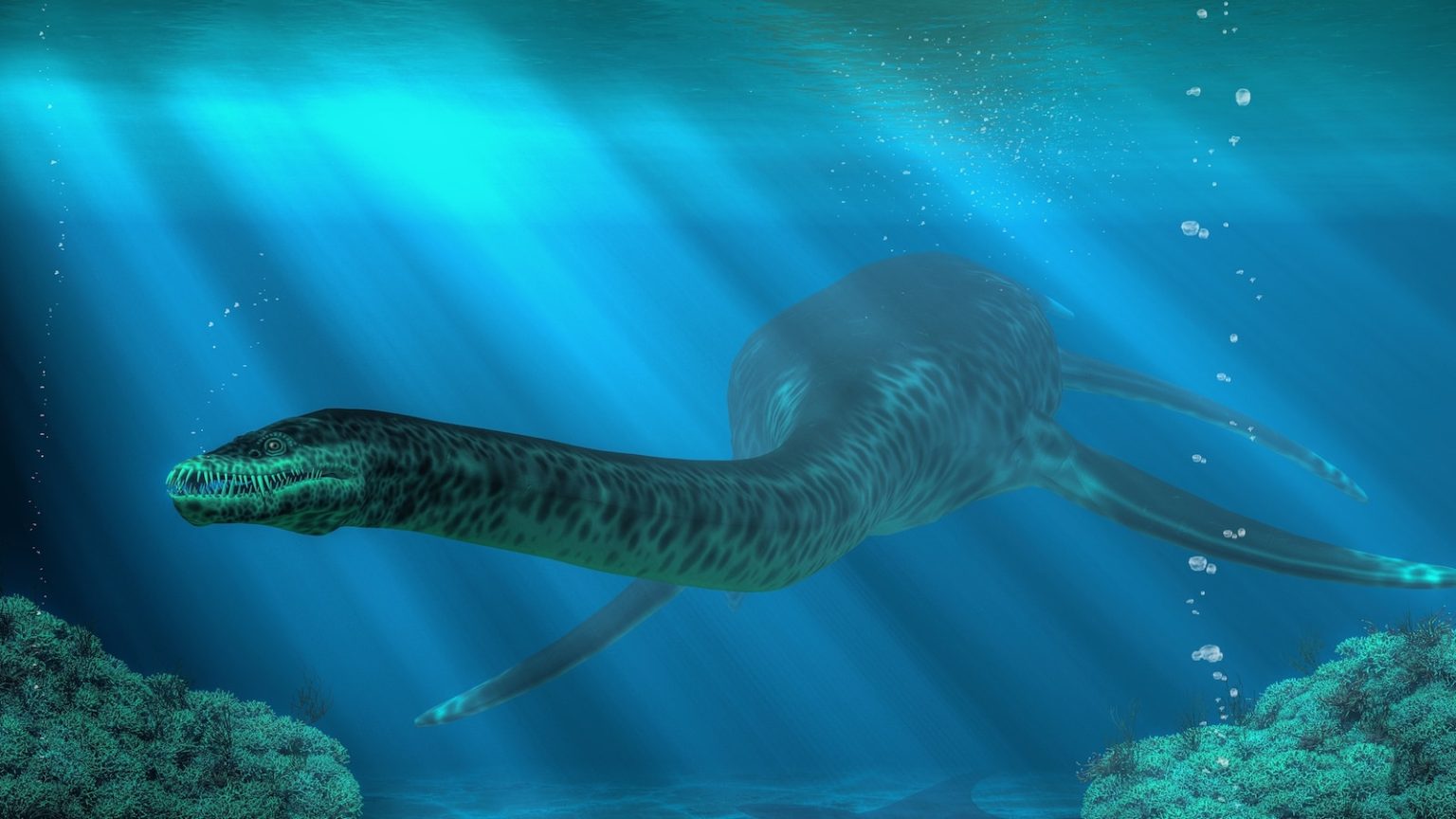A Groundbreaking Discovery: Unveiling the Secrets of a Jurassic Plesiosaur
Introduction to an Iconic Marine Reptile
The discovery of a remarkably well-preserved fossil from the Jurassic period has opened a window into the life of one of history’s most iconic marine predators: the plesiosaur. This ancient creature, often mistaken for a dinosaur but actually a marine reptile, haslong fascinated scientists and the public alike. The latest discovery, made near Holzmaden, Germany, has shed unprecedented light on the biology and appearance of these mysterious animals. The fossil, dated to 183 million years ago, reveals a treasure trove of soft tissue, including skin and scales, which is exceptionally rare in such ancient specimens. This find has revolutionized our understanding of how plesiosaurs hunted, moved, and adapted to their underwater environment.
The Fossil and Its Remarkable Preservation
The fossil, analyzed by researchers from Lund University in Sweden, is a specimen of a plesiosaur that lived during the Early Jurassic period. What makes this discovery so extraordinary is the presence of fossilized soft tissue, which has allowed scientists to study the animal’s skin and internal organs in remarkable detail. Lead researcher Miguel Marx, a Ph.D. student in geology, described his astonishment at discovering skin cells preserved for 183 million years, likening the experience to examining modern skin. The fossil includes articulated bones, as well as soft tissue from the tail and one of the flippers, providing a comprehensive view of the plesiosaur’s anatomy.
Uncovering the Plesiosaur’s Hidden Features
The most significant revelation from the fossil is the presence of both smooth and scaly skin on the plesiosaur’s body. This "mosaic" of skin types, as described by Johan Lindgren, an associate professor of geology at Lund University, is a previously unknown feature in plesiosaurs. The smooth skin likely provided hydrodynamic efficiency, enabling the creature to swim rapidly through the water in pursuit of prey such as fish and squid-like animals. In contrast, the scaly skin found on the flippers and tail may have offered protection and traction, allowing the plesiosaur to navigate rough seabeds with ease. This dual skin structure highlights the adaptability of these marine reptiles, which were among the most successful predators of their time.
The Biology and Evolution of Plesiosaurs
Plesiosaurs were long-necked marine reptiles that could grow up to 40 feet in length, equipped with four paddle-like flippers that resembled those of modern sea turtles. Despite their popularity in paleontological studies, much of their external anatomy remained a mystery until this groundbreaking discovery. The presence of scaly skin challenges previous assumptions that plesiosaurs were scaleless, like other marine reptiles of the era. This finding not only enhances our understanding of their appearance but also provides insights into their behavior and ecological role. The combination of streamlined skin for speed and scaly skin for protection suggests a highly specialized adaptation to their pelagic environment.
A New Chapter in Paleontological Research
The discovery of this fossil has ushered in a new era of research into the biology and evolution of plesiosaurs. By employing advanced techniques to analyze the soft tissue, scientists have gained unparalleled insights into the lives of these long-extinct creatures. The fossil’s findings are not only reshaping our perception of plesiosaurs but also contributing to a broader understanding of macroevolution. The study demonstrates how species adapt to their environments over millions of years, offering valuable lessons for understanding the diversity of life on Earth.
The Legacy of This Remarkable Find
The unearthing of this 183 million-year-old plesiosaur fossil is a testament to the enduring mysteries of the ancient world and the power of scientific inquiry. By revealing the intricate details of the plesiosaur’s skin and scales, this discovery has brought us closer to visualizing these magnificent creatures as they once were: agile predators gliding through Jurassic seas with remarkable efficiency. As researchers continue to study this fossil, it promises to yield even more secrets, further enriching our understanding of the evolution and biology of marine reptiles. This find is not just a milestone in paleontology—it is a reminder of the awe-inspiring complexity of life’s history on Earth.















